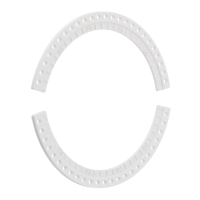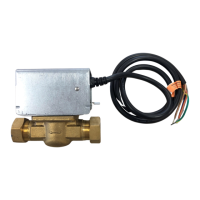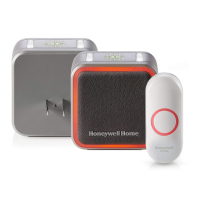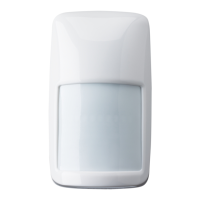MPD Operating Manual
17
4. Maintenance
4.1 General
Maintenance consists of cleaning the sensor and accessories, replacing gasket
and the Hydrophobic Barrier and gassing the sensor when testing the system.
CAUTIONS
• The sensitivity of Catalytic Sensors is impaired by silicone compounds. Do
not expose to silicones or silicone based products.
• Dismantling of a sensor or a sensor installation by other than authorized
engineers invalidates certification.
In the event of exposure to contaminant or prolonged exposure to high concentration
of gas, the sensor should be operated for 24 hours in a clean environment and
then recalibrated.
NOTe
If the sensor is found to be faulty, or cannot be calibrated, the sensor
cartridge is replaceable.
Dispose of in accordance with local disposal regulations. For more
information on sensor disposal, contact your HA Representative.
4.2 Cleaning
Sensor and accessories may be cleaned using an industrial grade of methanol,
providing the appropriate safety precautions are taken when handling this solvent.
4.3 Sensor Cell Replacement
Using Figure 8 as a guide, follow the procedure below:
1. Check that the label on the new sensor cell is the correct gas type.
2. Remove power from the transmitter.
3. Unscrew the weatherproof cover (if equipped), loosen the retainer locking
screw and unscrew the sensor retainer.
4. Remove the old sensor cell by pulling without twisting.
5. Replacement cartridges are designed to seal against an O-ring in the sensor
retainer. Verify O-ring described is in place prior to reassembly.
6. Slide the replacement cell into the MPD body taking care to align the tab
with the alignment slot, then press the cell rmly to seat it into the body.
7. Ret the sensor retainer, tighten until hex is ush with the body of the sensor.
8. Tighten the locking screw and ret the weatherproof cover (if equipped).
9. Recalibrate the detector following the procedures in Section 7.

